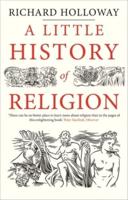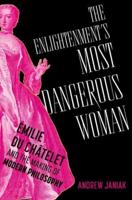Publisher's Synopsis
This history of atomism, from Democritus to the recent discovery of the Higgs boson, chronicles one of the most successful scientific hypotheses ever devised.Originating separately in both ancient Greece and India, the concept of the atom persisted for centuries, despite often running afoul of conventional thinking. Until the twentieth century, no direct evidence for atoms existed. Today it is possible to actually observe atoms using a scanning tunneling microscope. In this book, physicist Victor J. Stenger makes the case that, in the final analysis, atoms and the void are all that exists. The book begins with the story of the earliest atomists - the ancient Greek philosophers Leucippus, Democritus, and Epicurus, and the Latin poet Lucretius. As the author notes, the idea of elementary particles as the foundation of reality had many opponents throughout history - from Aristotle to Christian theologians and even some nineteenth-century chemists and philosophers. While theists today accept that the evidence for the atomic theory of matter is overwhelming, they reject the atheistic implications of that theory. In conclusion, the author underscores the main point made throughout this work: the total absence of empirical facts and theoretical arguments to support the existence of any component to reality other than atoms and the void can be taken as proof beyond a reasonable doubt that such a component is nowhere to be found.









